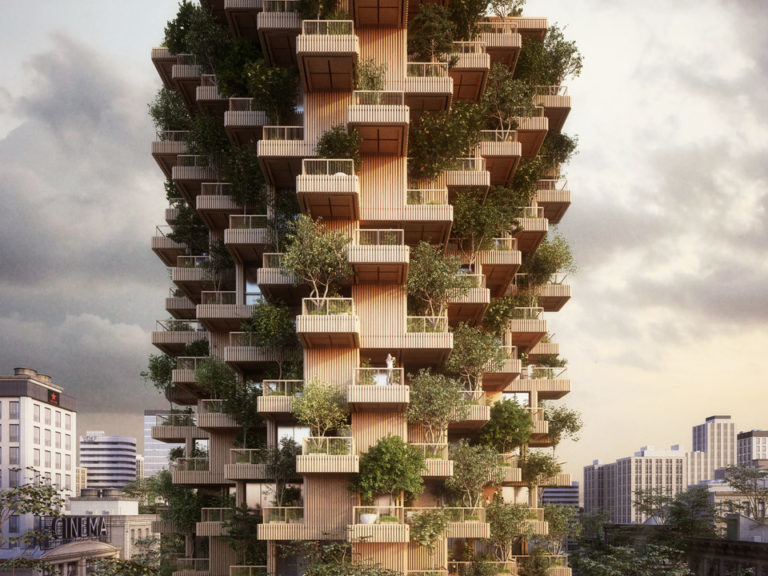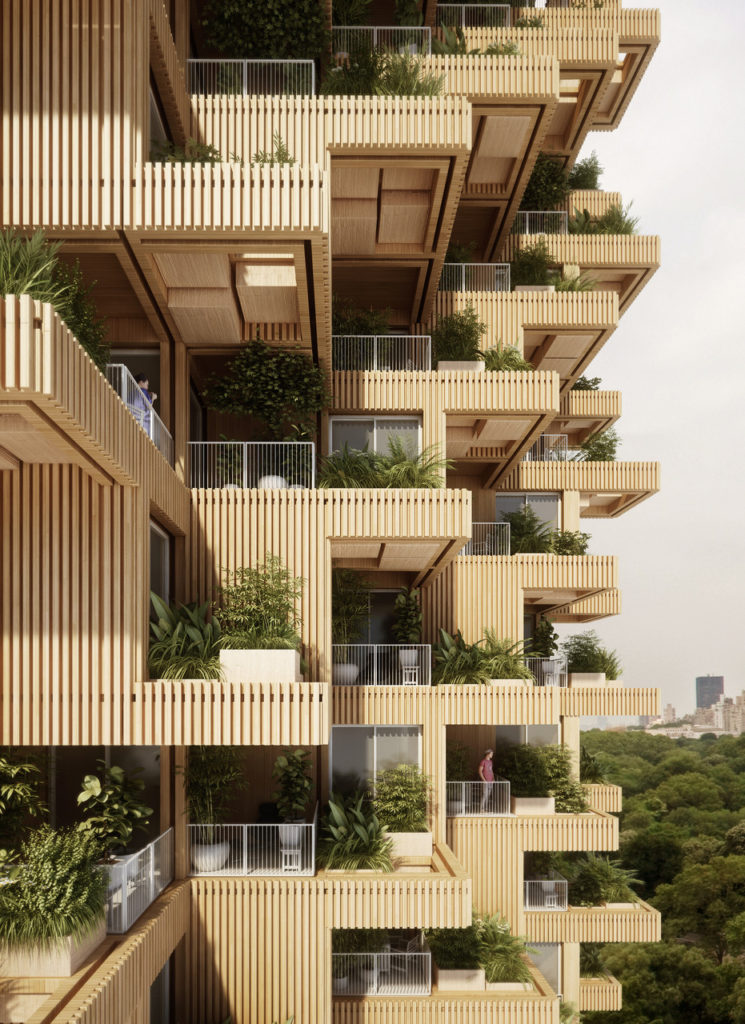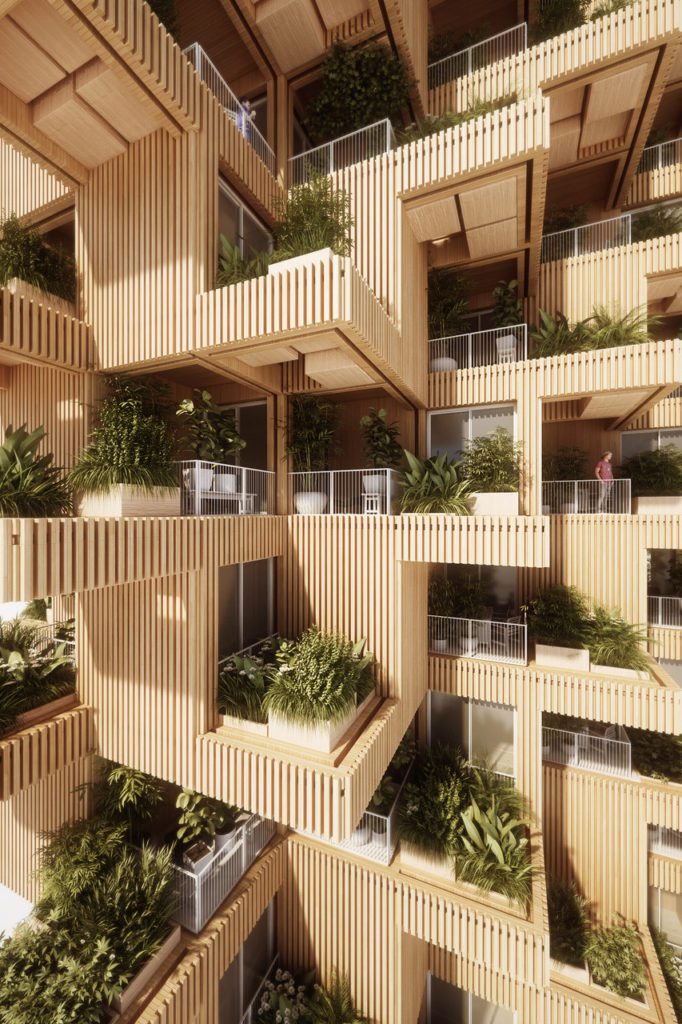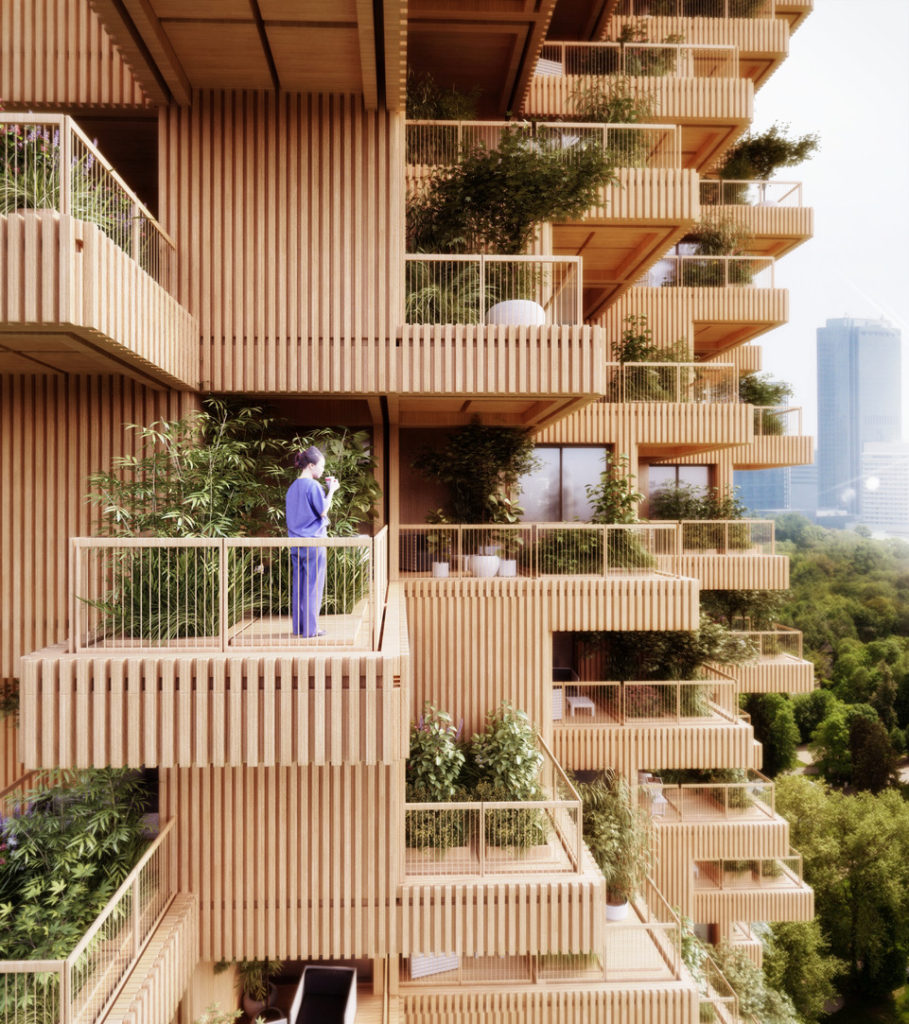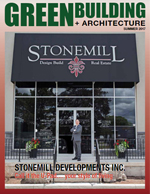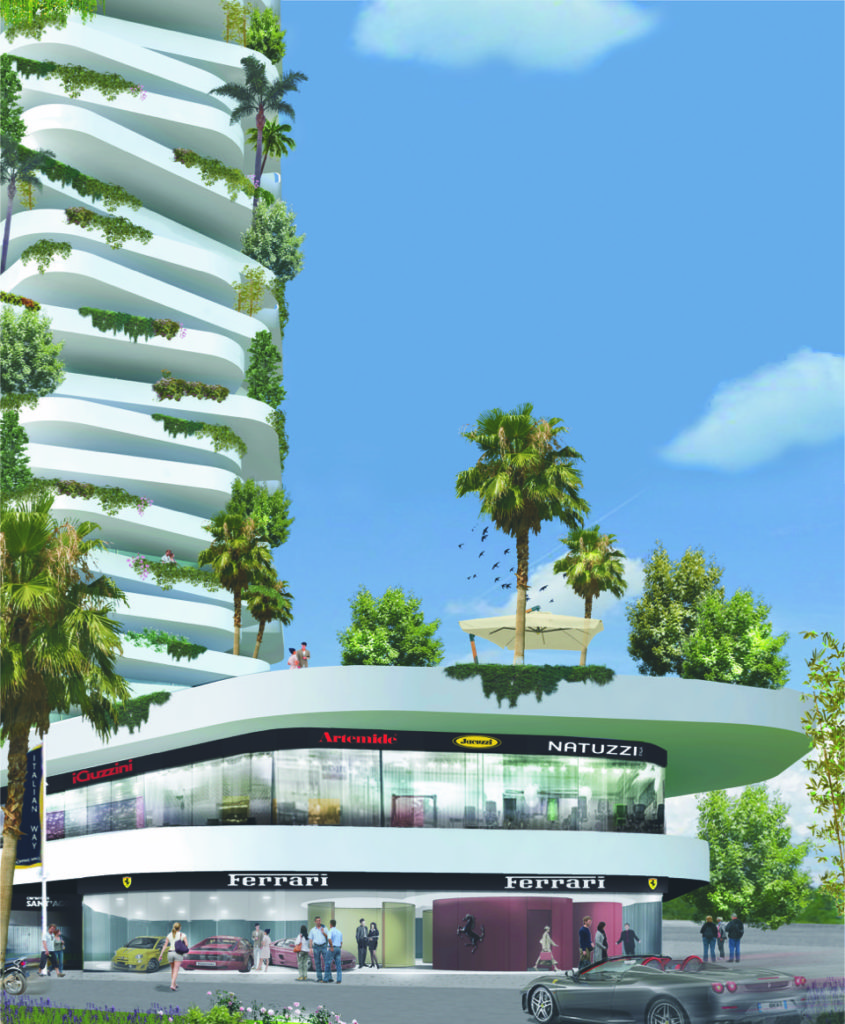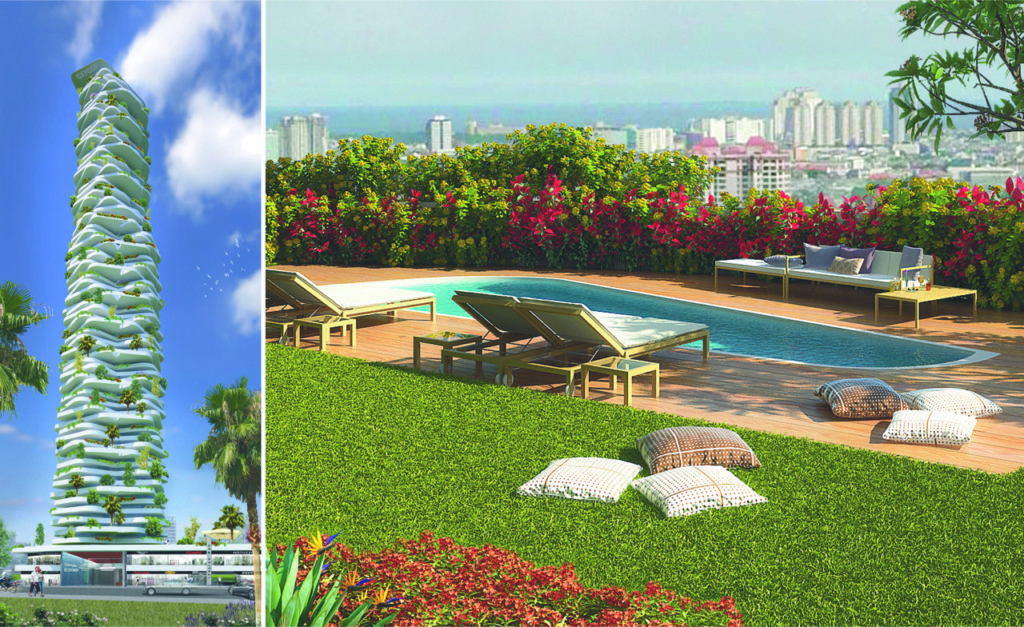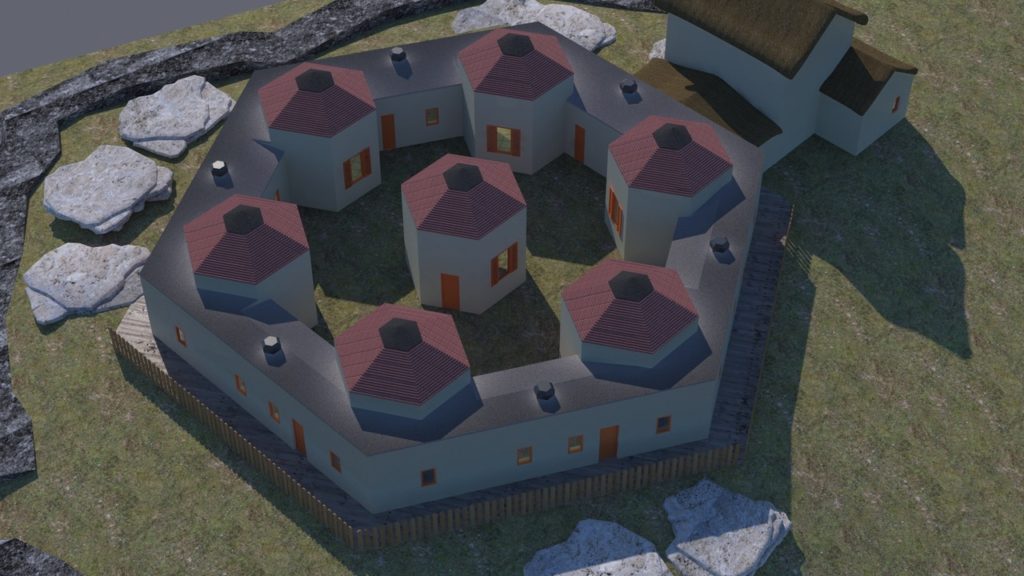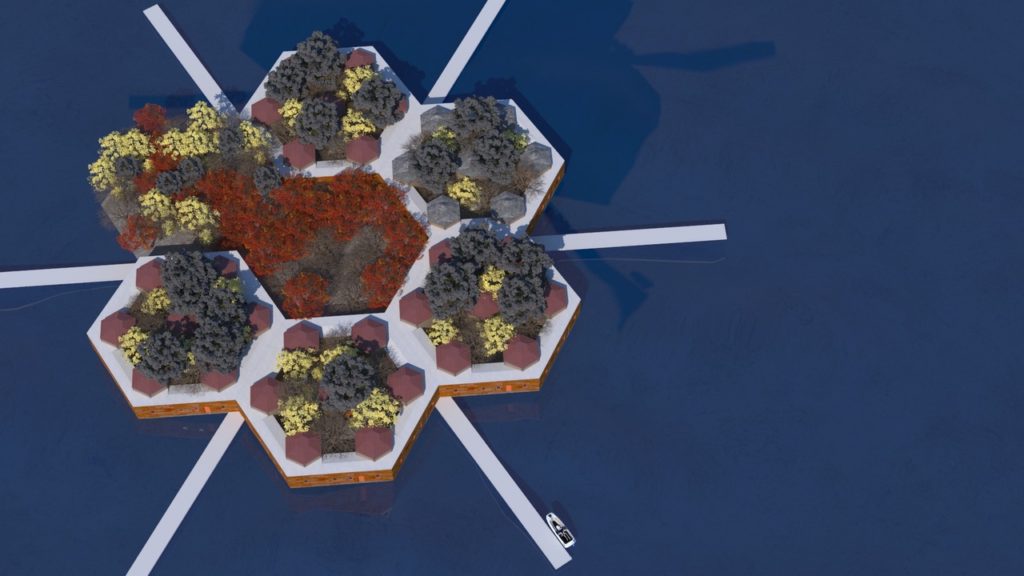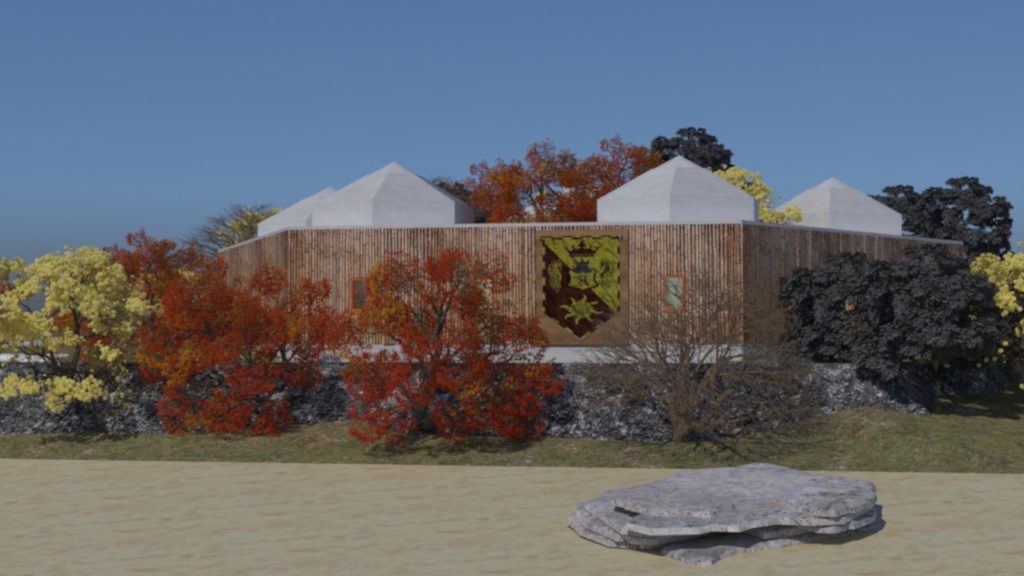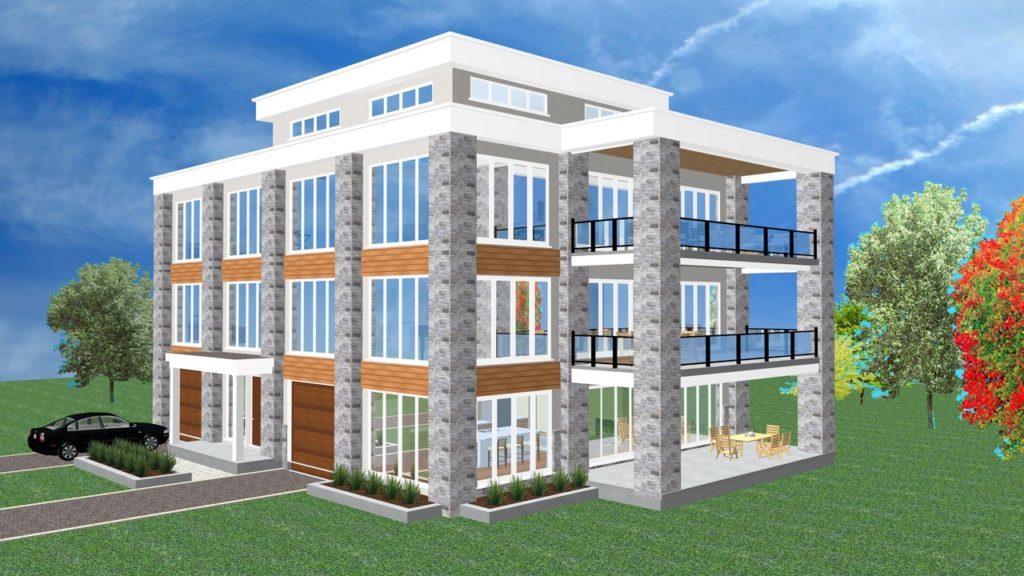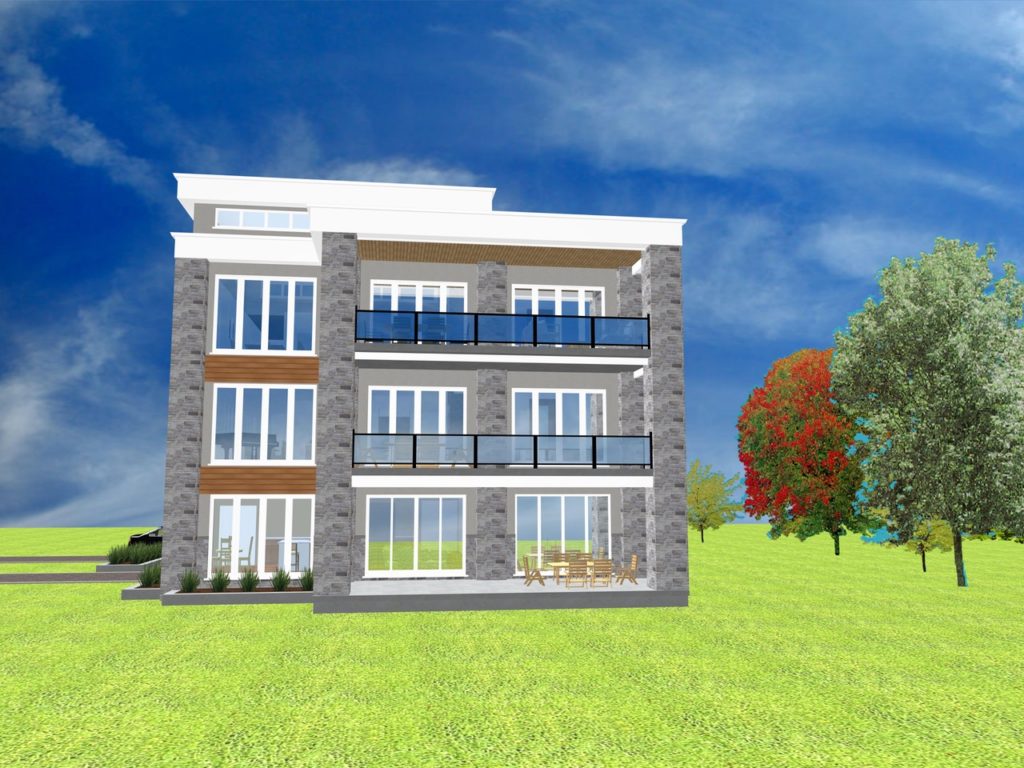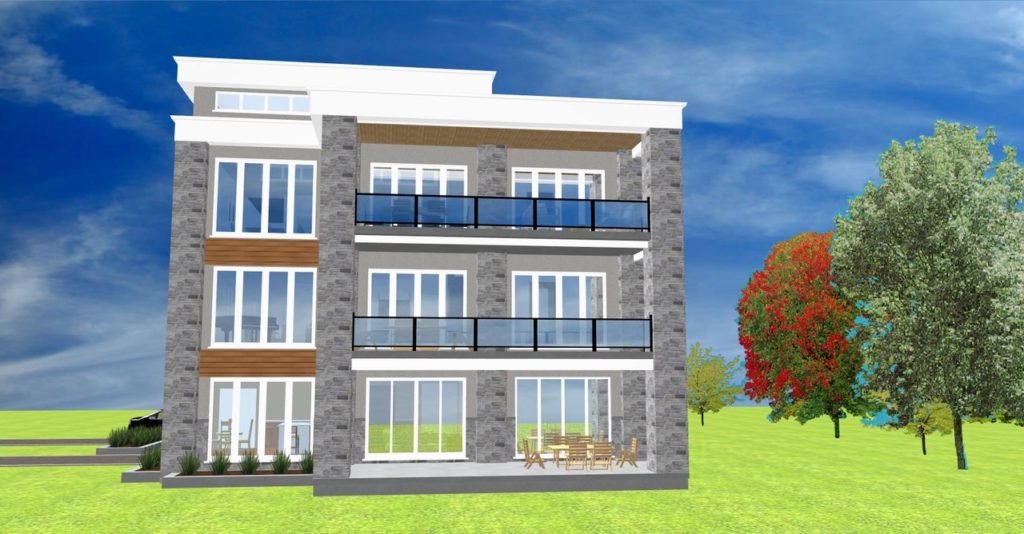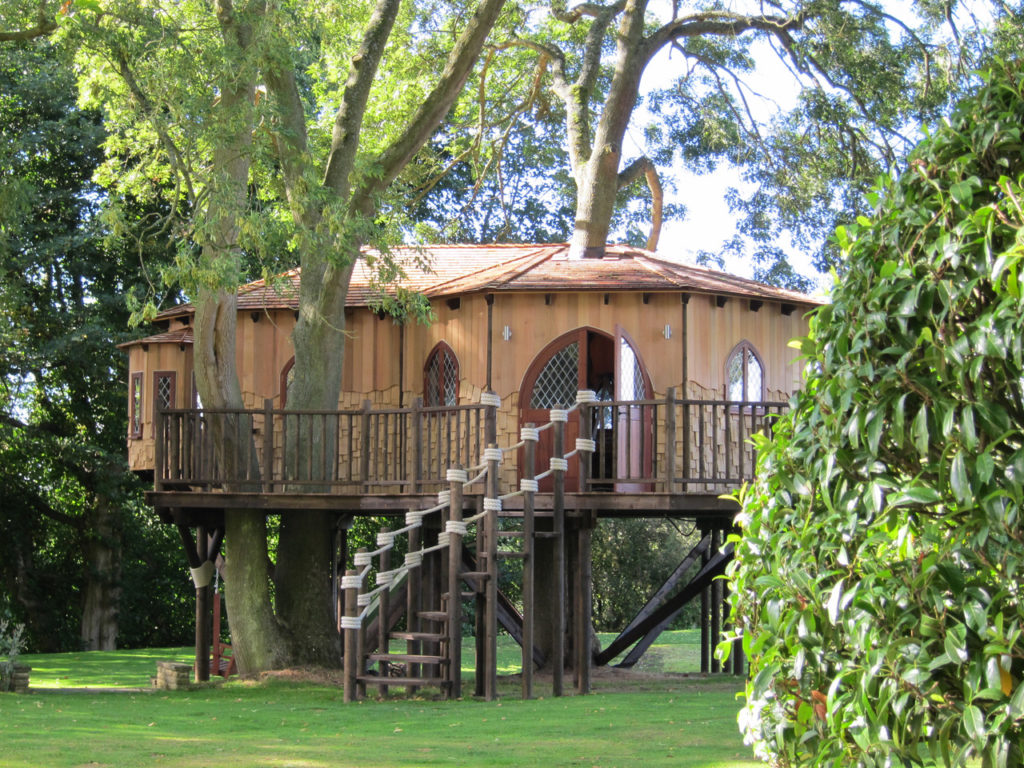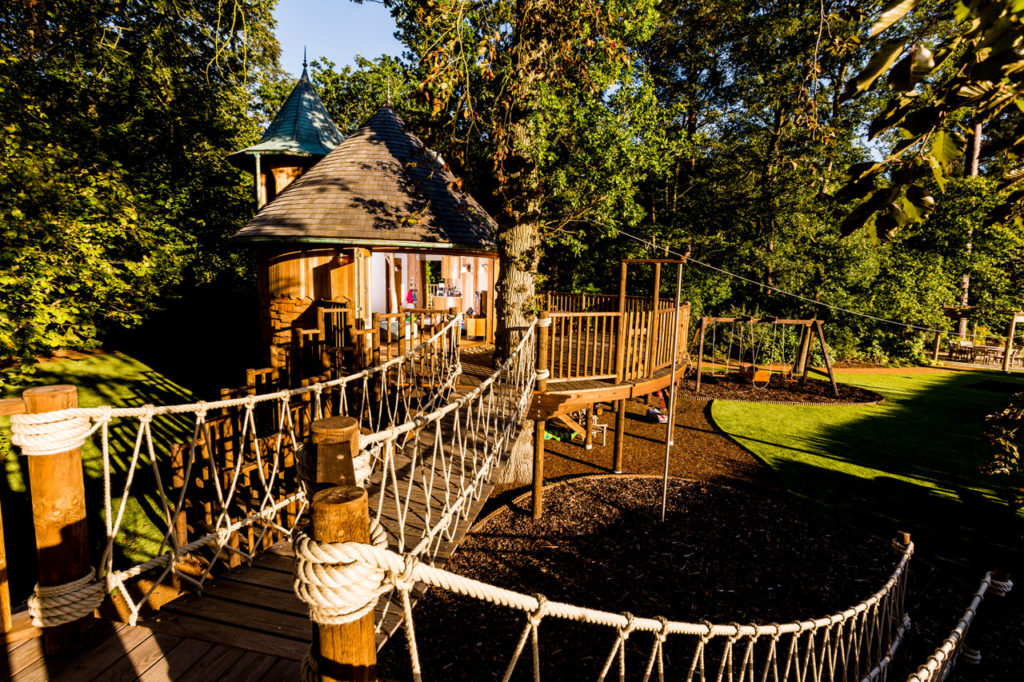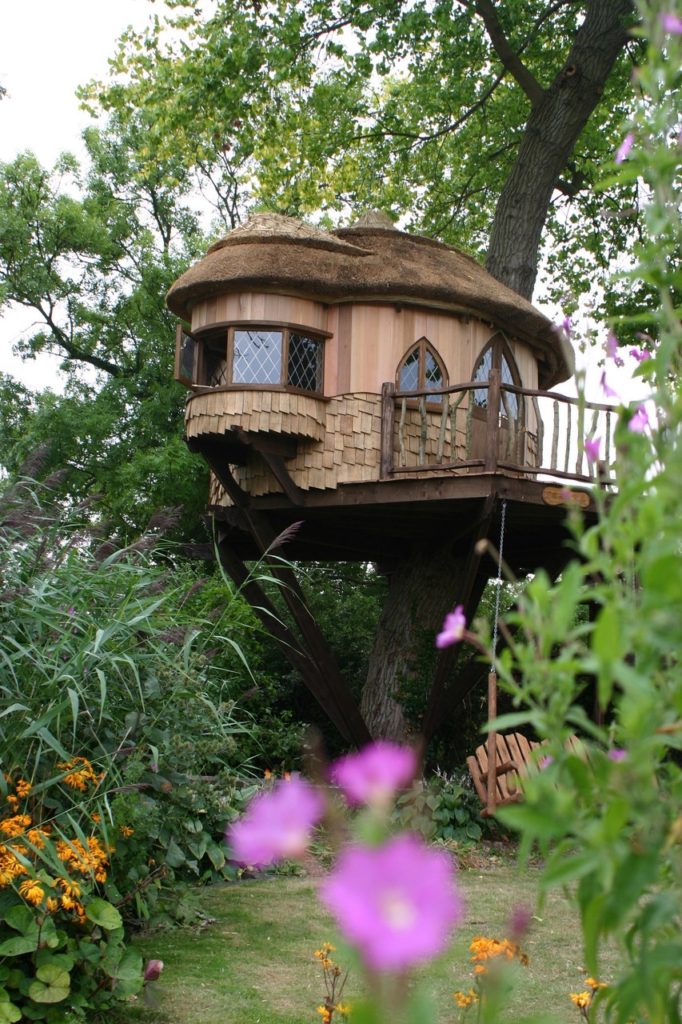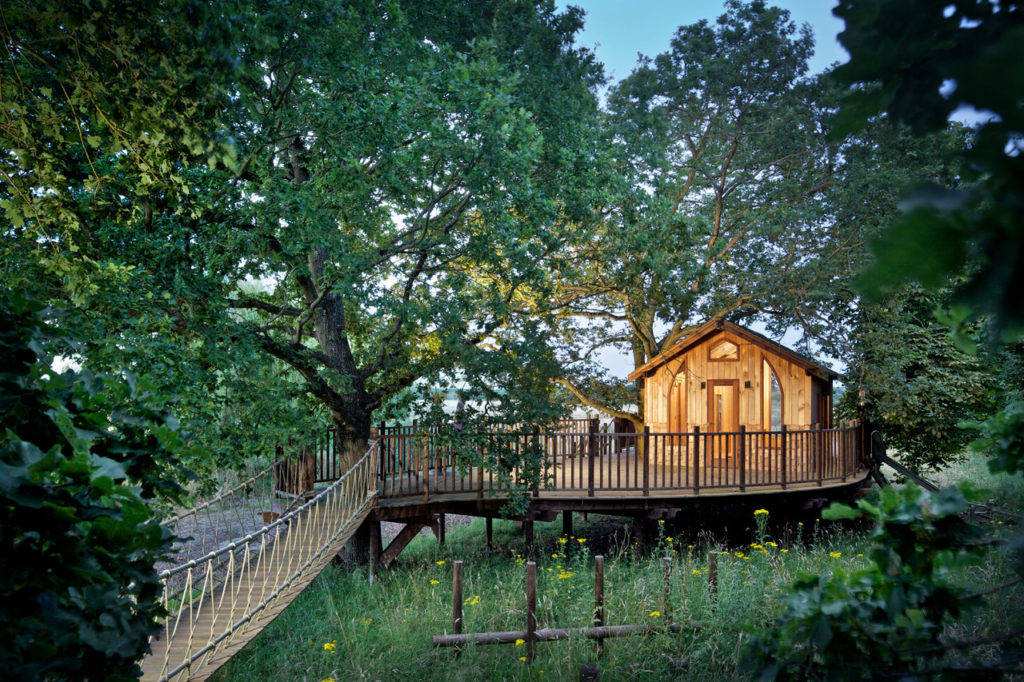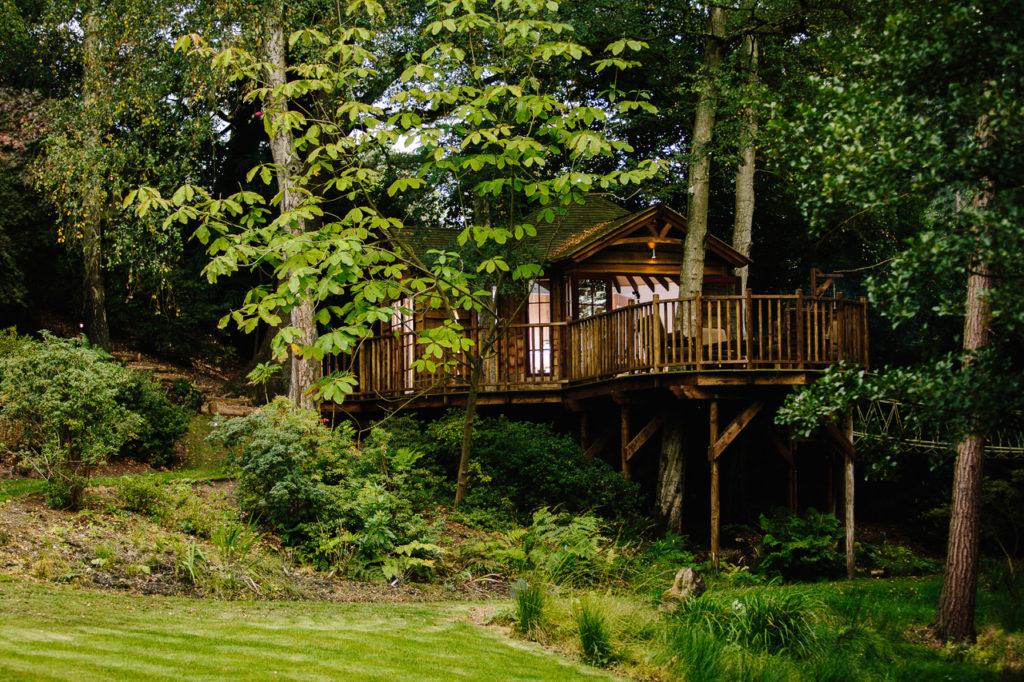Co-owners at Wiltshire Homes Canada bring an approach that strikes a chord with millennials
As builders go, Lamont Wiltshire and Odeen Eccleston stand out from the crowd in a number of ways.
However, perhaps the most significant difference the co-owners of Wiltshire Homes Canada Inc. can point to is their business demographic – they are millennials through and through.
“I think we are known for our attention to detail and for incorporating heavy traditionalism and youthful modernity in graceful harmony,” says Eccleston, also well-known as a real estate broker in Durham region, the downtown Toronto core, and across the GTA.
“And as millennials, the environment and energy efficiency is extremely important to us. We like to acquire property that optimizes natural sunlight, energy-efficient windows, furnaces, lighting and develop energy conscious interiors and outdoor living space.”
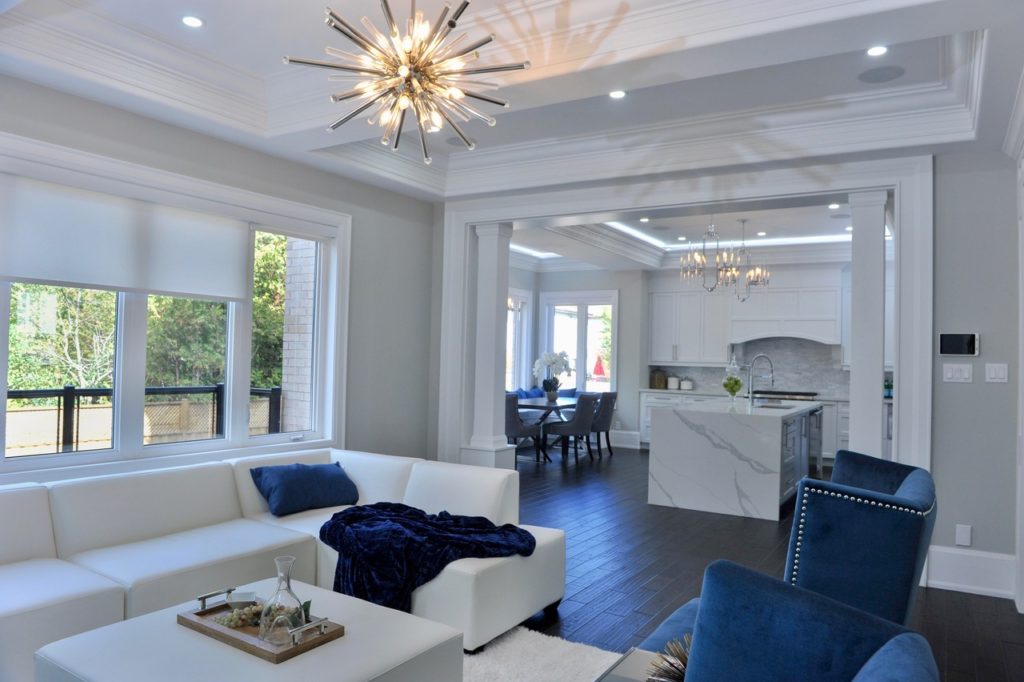
The young company, spearheaded by Wiltshire and Eccleston, has been building and remodelling distinctive residences in the area for over five years. A second-generation builder, Wiltshire picked up entrepreneurialism and construction techniques from his father, a respected businessman who built the family residence that Wiltshire grew up in, among many others, in the 1990s.
Wiltshire and Eccleston love what they do and it’s evident. In real estate, they have sold over $50-million in properties in the past five years alone. The duo designs grand and elegant residences crafted to exquisite standards which stand out as timeless and classic. They integrate European-inspired design and Old World craftsmanship. The result? World-class homes.
They adhere to a simple, yet effective, philosophy: Ingenuity and design excellence are signatures of quality at Wilt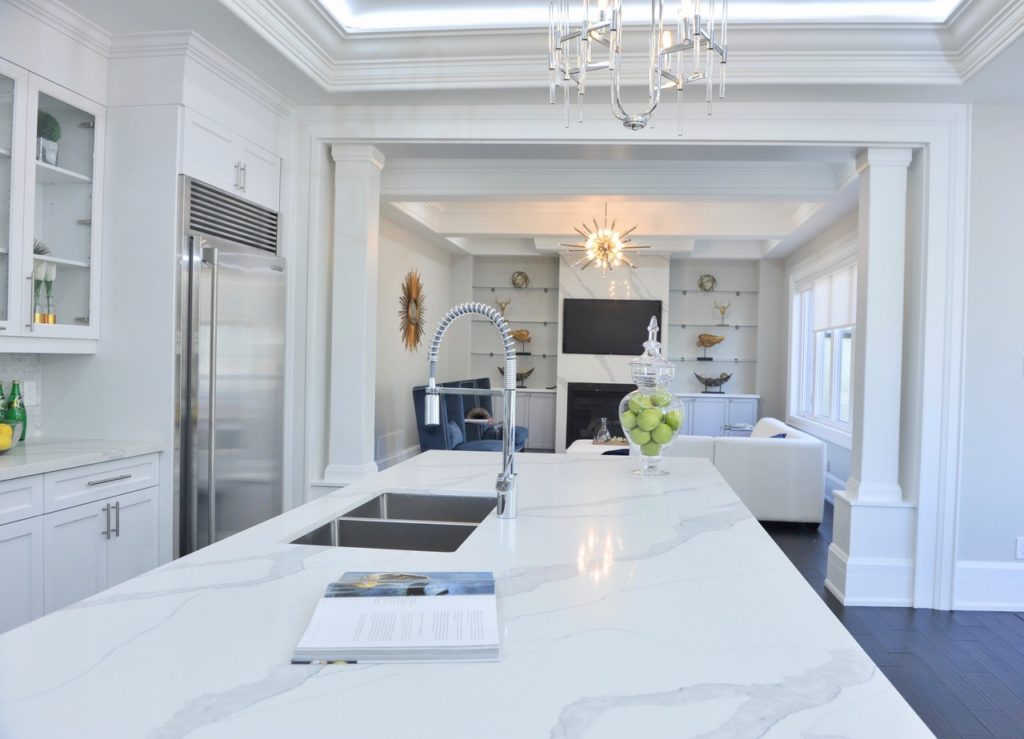 shire Homes, targeting intricate construction for every home.
shire Homes, targeting intricate construction for every home.
“Our involvement with expert local craftsmen and subcontractors is evident in each and every home we build,” says Wiltshire. “Again, in such a rapidly changing world of swift technological advances and ever-evolving design trends, Wiltshire Homes tries our best to maintain an intimate balance between Old World charm and contemporary cool.
“We bring a passion for perfection and superb execution in each and every home that we build with attention to detail and pride in customization being paramount. We like to say ‘if you can dream it, we can build it.’”
On their company website, their passion for development is clear through the featured video presentations, including projects ranging from the Pickering area to the Region of Peel. It’s evident they try to incorporate features that a younger demographic is looking for.
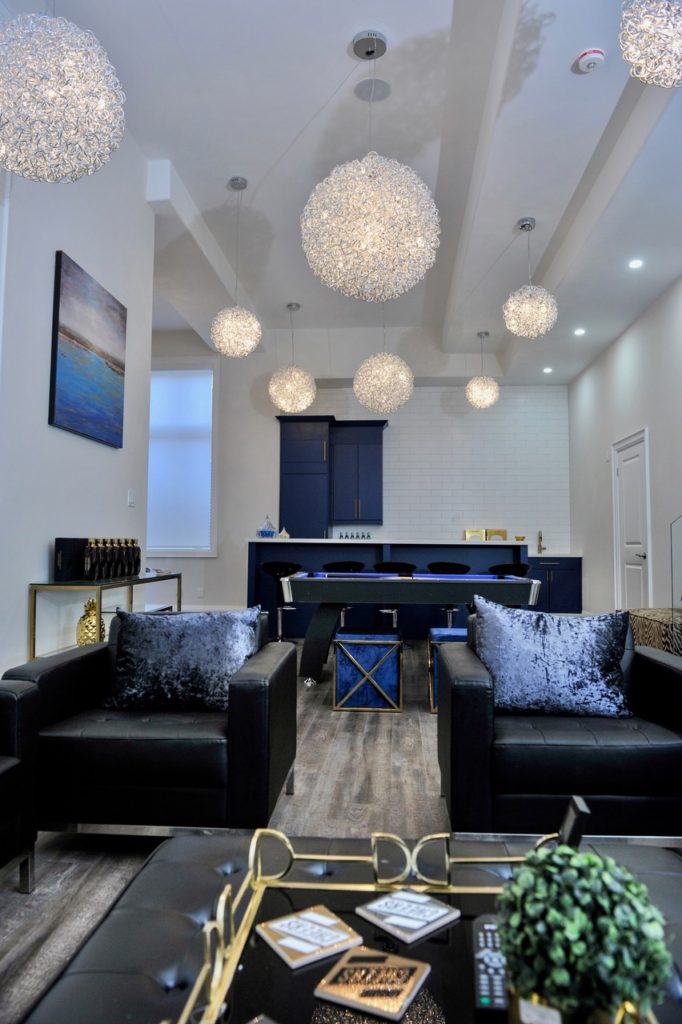
Asked to provide a list of company strengths and ideals, Eccleston unveils a potpourri of features:
- Meticulous attention to detail;
- Fun features such as waterfall-accented, built-in wine displays;
- Smart homes that showcase cutting edge technology;
- Interior and exterior energy efficiency;
- Transitional design;
- Quality of craftsmanship;
- Optimization of living space (smart use of square footage);
- Third-floor lofts (optimizing height restrictions);
- And beautiful marriage of classic traditionalism and cool contemporary.
To summarize, Eccleston says: “We try our best to provide our clients with the luxe lifestyles of their dreams, within their budget.”
Along with her successful entry into the real estate/construction industry in the Toronto area, Odeen Eccleston has made a name for herself as an acclaimed author and speaker and is a fascinating example of a successful millennial businesswoman for the ages. Wiltshire and Eccleston’s WE REALTY INC., BROKERAGE, another arm of this duo’s ever-expanding real estate empire, is set to open its doors in 2018.
Web
wiltshirehomes.com
propertiesindurhamregion.com
misstorontorealtor.com







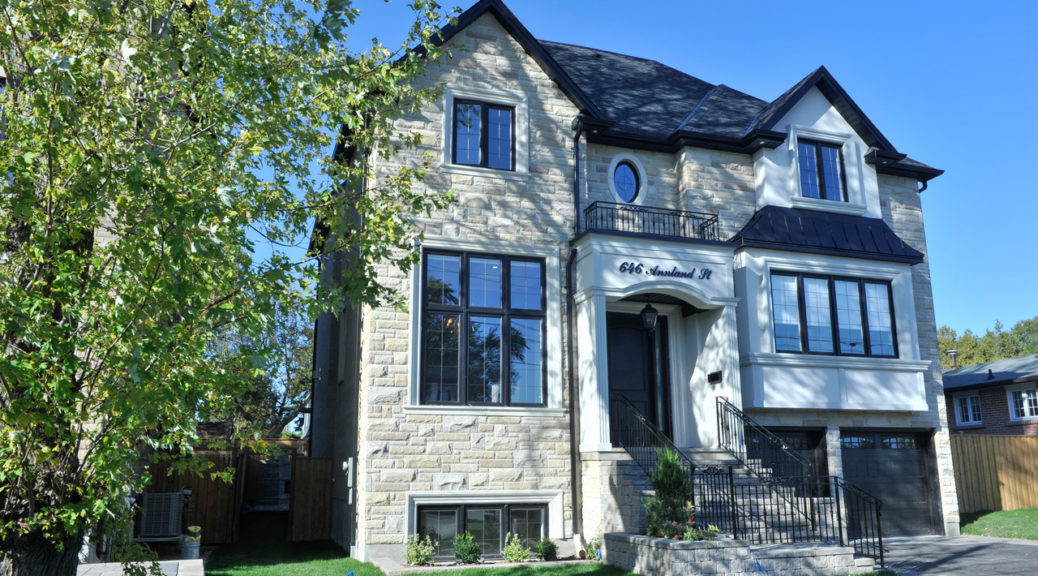
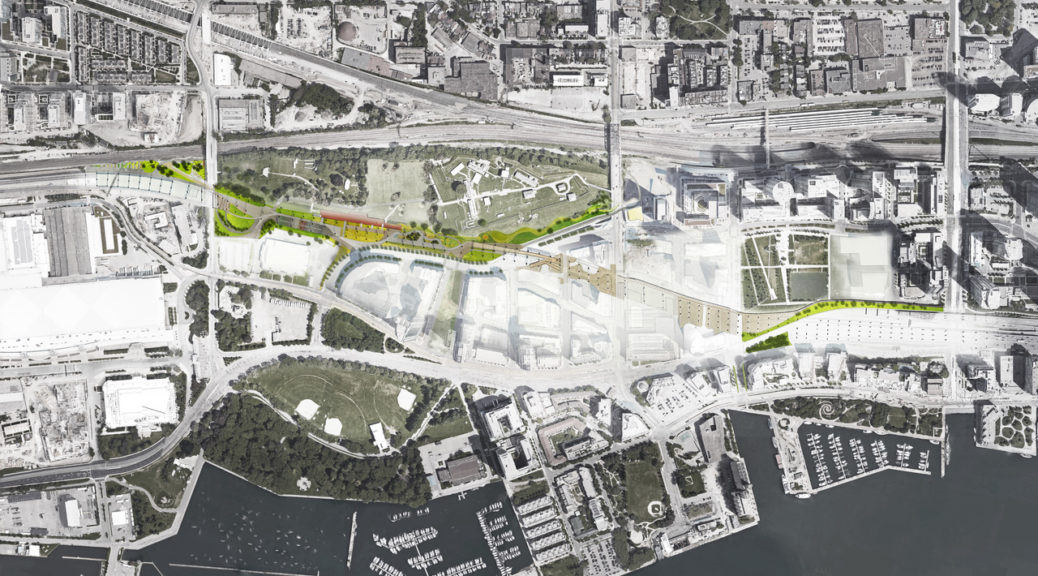

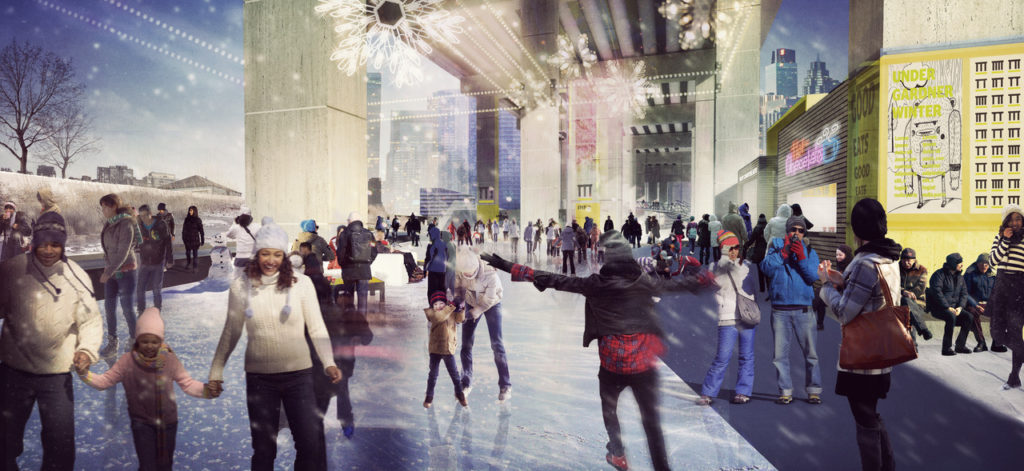
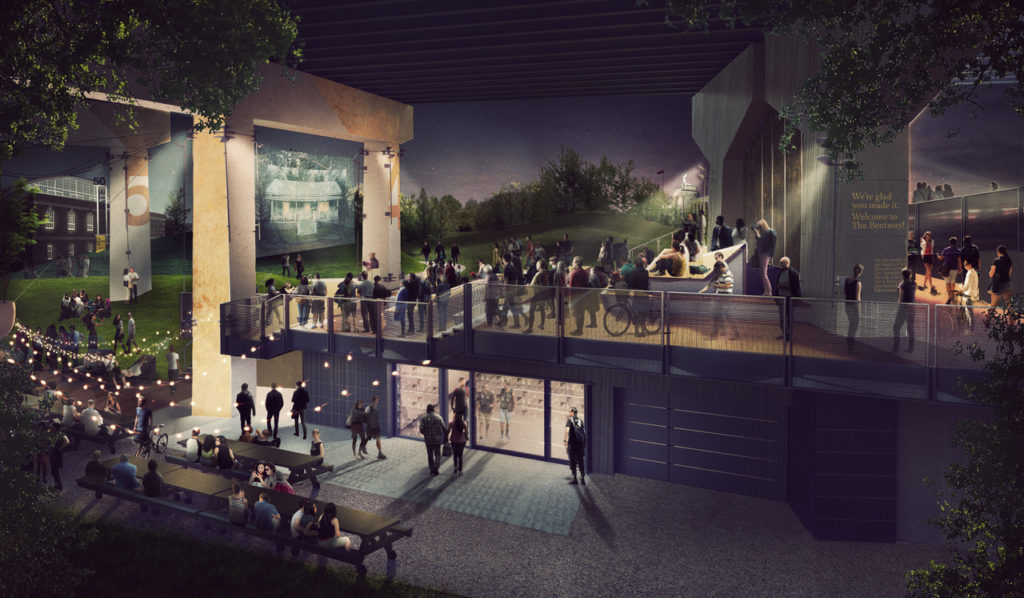
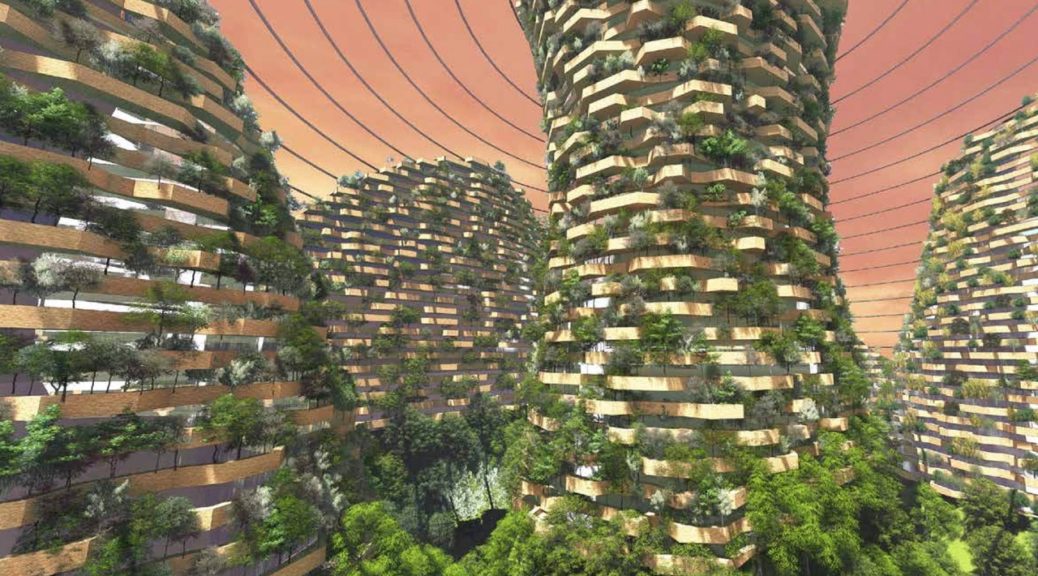
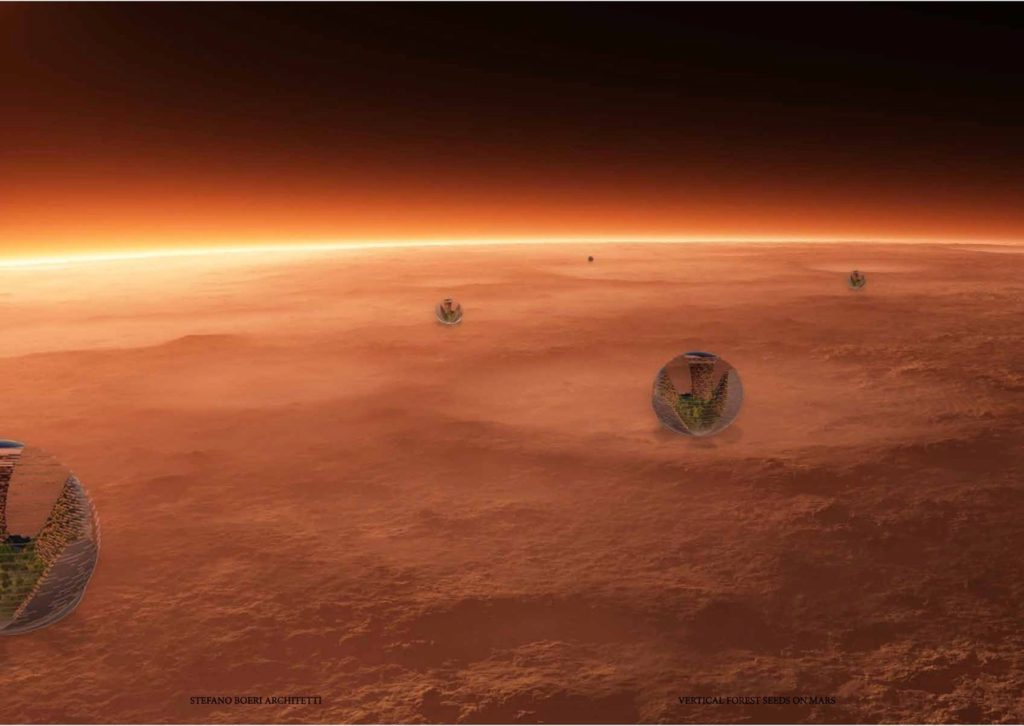

 The exhibition 2017 is entitled “This-CONNECTION – sharing a future of public space”, it features art, architecture, urban planning, design interpreting the future of the cities.
The exhibition 2017 is entitled “This-CONNECTION – sharing a future of public space”, it features art, architecture, urban planning, design interpreting the future of the cities.
